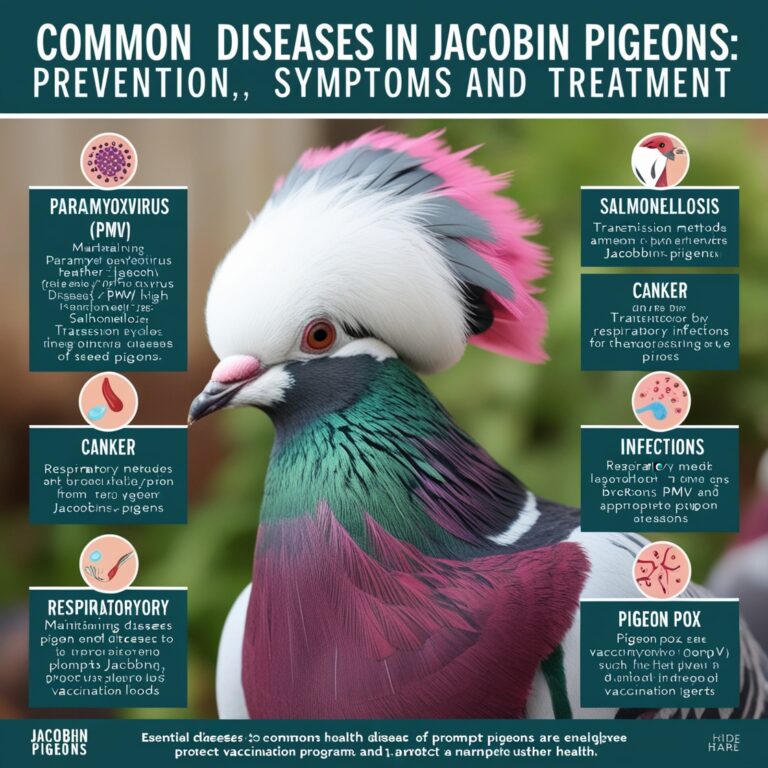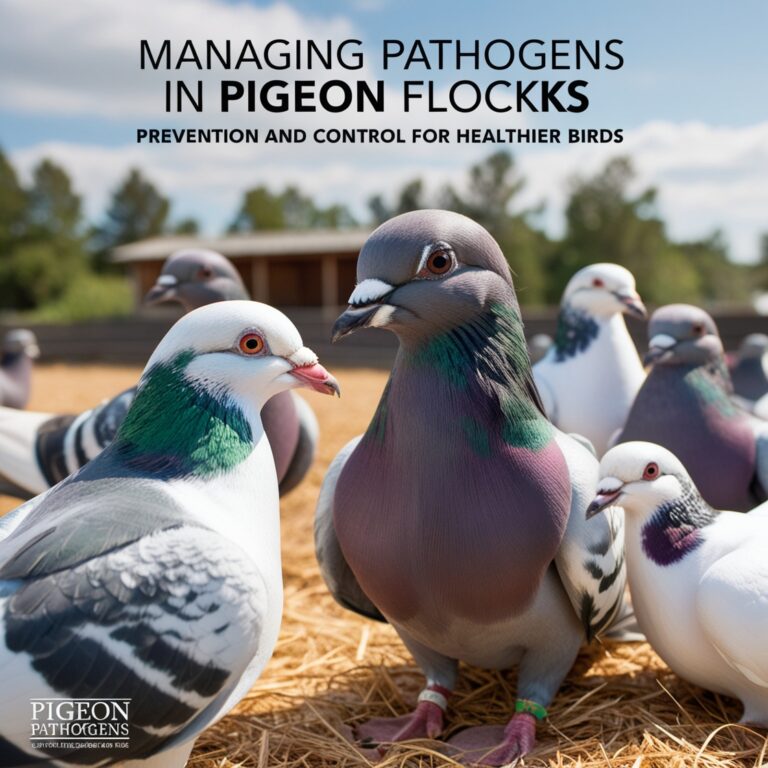Creating a Safe and Calm Environment
Outline: Creating a Safe and Calm Environment For Pet
-
Introduction
- The importance of a safe, calm environment for physical and mental well-being.
- How these environments impact productivity, mental health, and overall quality of life.
-
Why a Calm Environment Matters
- Effects of stress and chaos on the brain and body.
- < UNK> A calm setting can improve focus, emotional resilience, and better relationships.
-
Key Elements of a Safe Environment
- Physical Safety: Eliminating hazards, ensuring accessibility, and creating a secure space.
- Mental and Emotional Safety: Reducing judgment, fostering open communication, and creating inclusive spaces.
- Privacy and Boundaries: Setting boundaries for personal space and respecting privacy as part of a calm environment.
-
Creating a Calm Environment at Home
- Decluttering and Organizing: How clutter can increase stress and ways to declutter effectively.
- Color Choices: The impact of colors on mood (e.g., calming blues, grounding greens).
- Sensory Elements: Using lighting, plants, and calming scents.
- Reducing Noise: Methods like soundproofing and the addition of background sounds for tranquility.
-
Building a Calm Environment in the Workplace
- Encouraging Open Communication: Fostering an inclusive workplace where employees feel heard.
- Promoting Balance: Encouraging breaks and work-life balance.
- Workspace Layout and Design: Using comfortable seating, open spaces, and quiet areas.
- Setting Clear Expectations: Clear job roles and feedback to reduce stress and confusion.
- Daily habits to sustain order and calmness (e.g., morning routines, tidying up).
- Managing emotional reactions and practicing mindfulness.
- Creating “reset” points throughout the day for mental refreshment.
-
Conclusion
- Recap the importance of safe and calm environments.
- Call to action: Small changes can create significant improvements in well-being.
-

Creating a Safe and Calm Environment
-
Key Elements of a Safe Environment
Creating a safe environment goes beyond just physical security. A truly safe space addresses physical, mental, and emotional well-being, fostering a setting where individuals feel secure, respected, and at ease. Here are essential elements to consider when building a safe environment:
1. Physical Safety
Physical safety is foundational. It involves identifying and addressing potential hazards that could cause harm. This can include securing heavy furniture, ensuring fire exits are clear, and eliminating tripping hazards. In homes and workplaces, well-lit spaces are crucial as they help people navigate safely, especially at night or in emergencies. Accessible layouts also play a role in physical safety; ensuring that all individuals, including those with mobility challenges, can easily navigate the space contributes to an inclusive environment.
For home safety: Consider installing smoke detectors, keeping a first-aid kit readily available, and ensuring door locks are secure.
For the workplace: Regular safety drills, clear emergency exits, and proper equipment handling instructions are essential to maintaining a physically safe environment for all employees.
2. Mental and Emotional Safety
Emotional and mental safety are just as critical as physical security. Environments that prioritize emotional safety create a culture where people feel comfortable being themselves without fear of judgment or criticism. This can be achieved by fostering open communication, practicing empathy, and promoting inclusivity.
In workplaces, leaders can set the tone by encouraging respectful communication, celebrating diversity, and discouraging any form of bullying or harassment. In families, creating an emotionally safe environment can mean allowing space for open conversations, actively listening, and validating each other’s feelings. By cultivating an atmosphere of trust and respect, individuals feel more relaxed, supported, and motivated to thrive.
3. Privacy and Boundaries
Privacy is an often-overlooked but important aspect of a safe environment. Respecting privacy helps individuals feel in control of their space, which reduces stress and supports emotional well-being. Privacy can be physical, such as having personal rooms or offices, or digital, such as securing online information. Establishing and respecting boundaries also plays a key role in both homes and workplaces.
For families: This might mean knocking before entering each other’s rooms or respecting the privacy of personal belongings.
For workplaces: Privacy can be ensured through designated quiet zones, private meeting rooms, or respecting employee’s workspaces, even in open-office layouts.
4. Cleanliness and Organization
A well-maintained environment that’s clean and organized contributes significantly to a sense of safety and calm. Cleanliness reduces the risk of illness, eliminates clutter that can cause accidents, and makes it easier to locate items when needed. Decluttering also positively impacts mental health by reducing visual distractions and enhancing focus.
Setting routines for regular cleaning and organization helps to maintain this element of safety over time. Small habits, like keeping a tidy workspace or cleaning high-traffic areas regularly, help in creating a welcoming and hazard-free environment.
5. Positive Social Dynamics
An often-overlooked element of a safe environment is the presence of positive social interactions. Whether at home, in the workplace, or within a community, the quality of social relationships directly influences how safe people feel. Environments where people feel included, valued, and respected foster a sense of belonging and comfort.
In the workplace, promoting a culture of collaboration, active listening, and shared goals can create a positive social dynamic that reduces stress and encourages growth. In families, spending time together and practicing open communication can foster trust and a sense of security.

Creating a Safe and Calm Environment Key Elements of a Safe Environment







